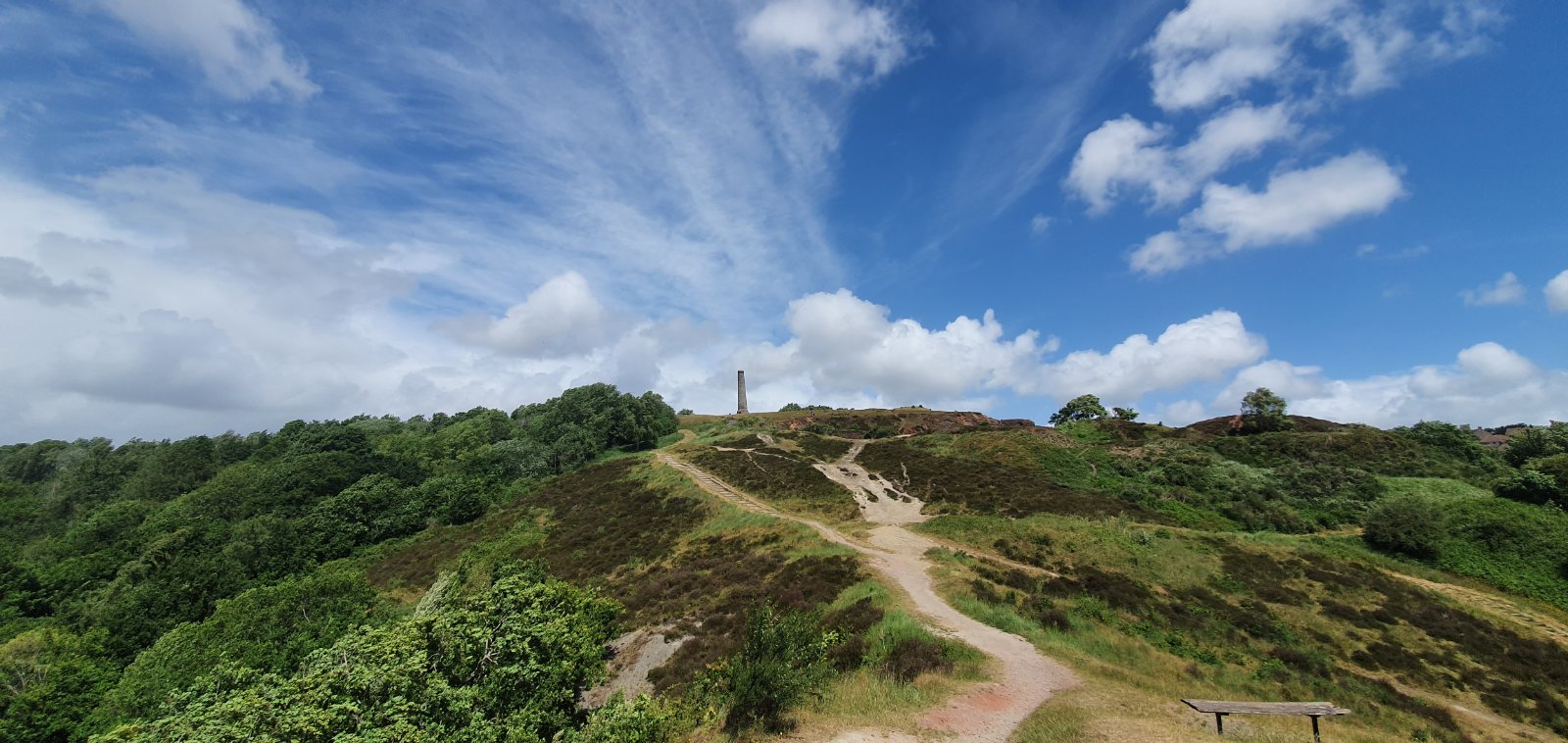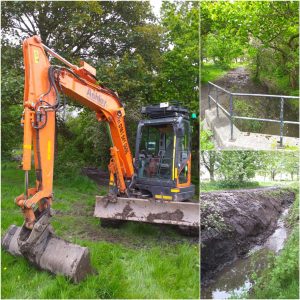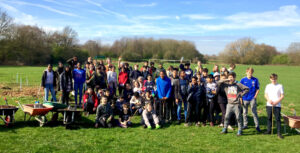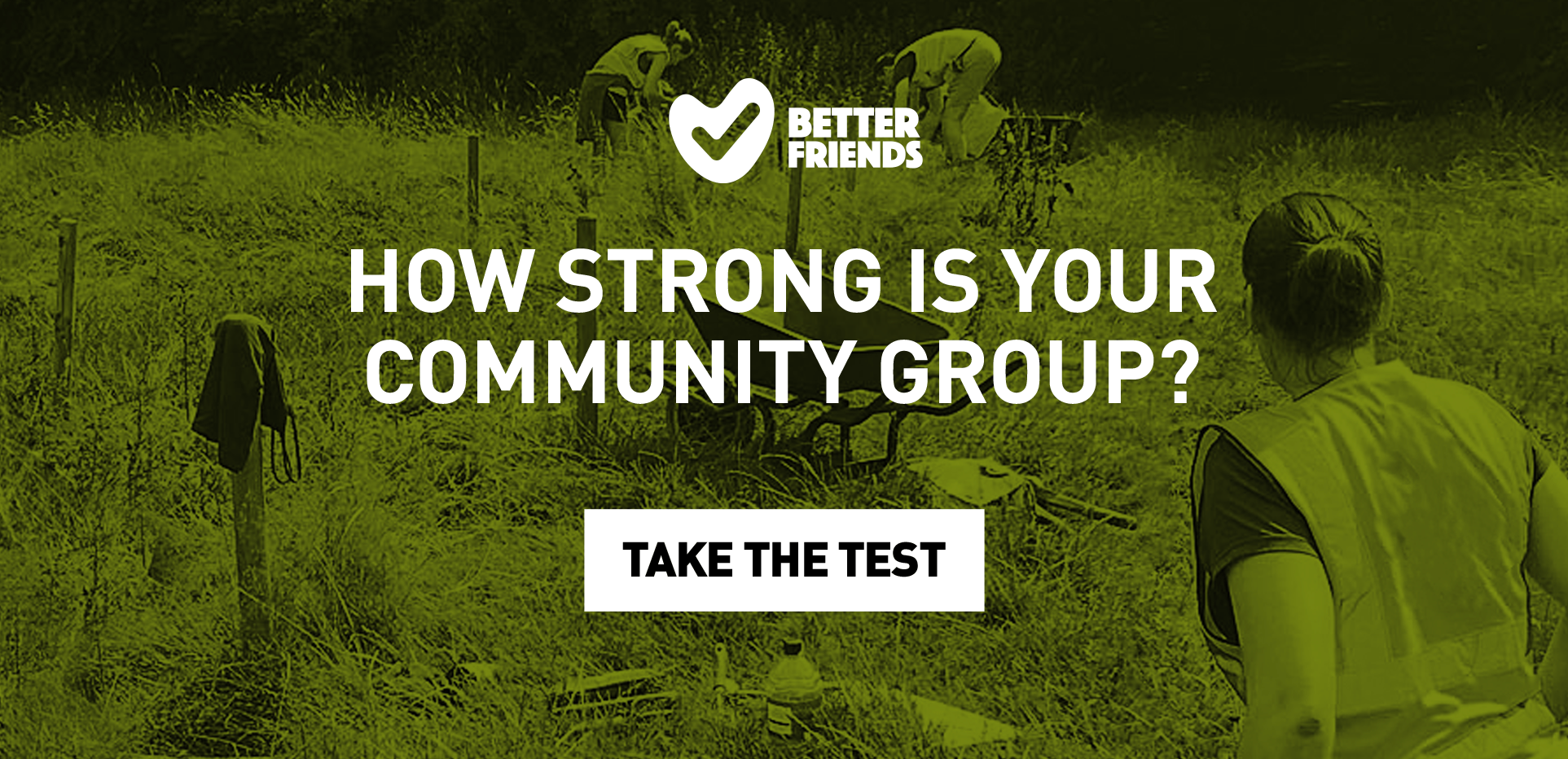Troopers Hill is a green haven for wildlife close to the city of Bristol which overlooks the River Avon. The site was declared a Local Nature Reserve in 1995 and is very popular with locals needing a place to escape the stresses of urban life.
The Friends of Troopers Hill was formed by a group of local residents in 2003, they provide a friendly community focus for anyone who cares about Troopers Hill.
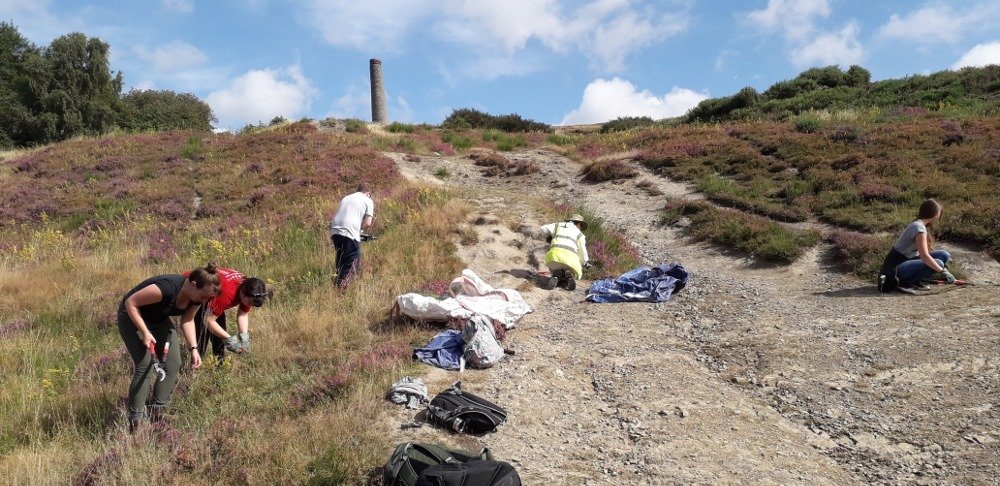
They work to improve their site and help keep it looking its best, regular conservation work parties are organised covering tasks such as site repairs, scrub clearance of bramble, gorse and rogue saplings as well as pruning and new planting. The group also organises public activities such as litter-picking, nature walks and talks. Troopers Hill was designated a Dark Sky Discovery Site in December 2015 and the group organises regular night sky star gazing nights, the route is wheelchair accessible.
“It’s fun, friendly and sociable and there is no commitment to be at every work party.”
Friends of Troopers Hill
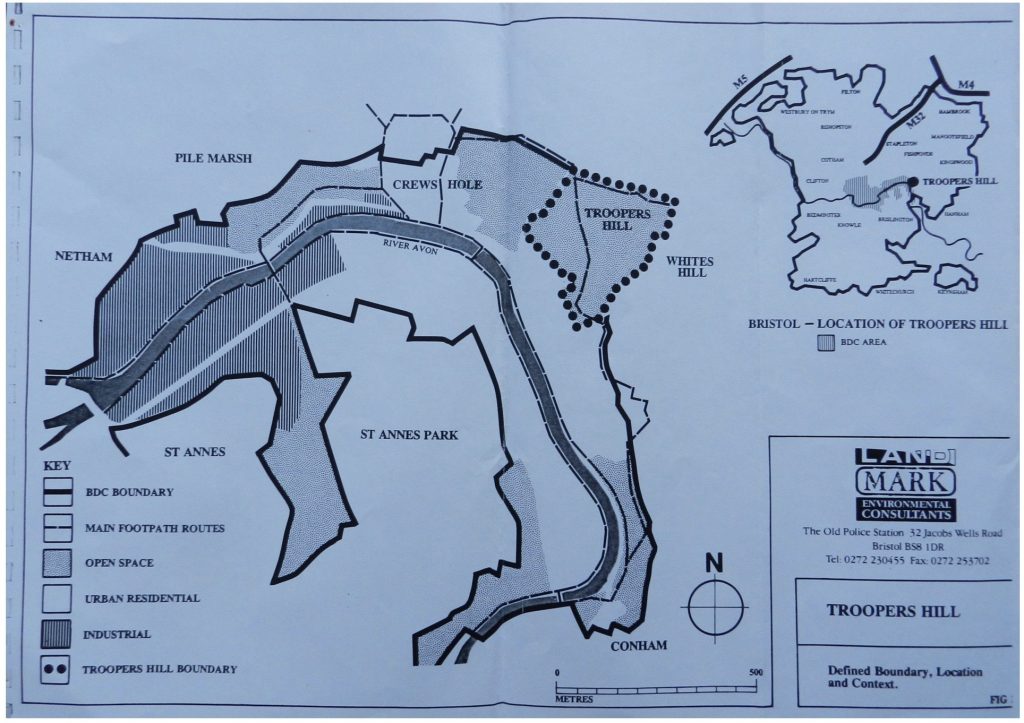
The site had its first Management Plan written in 1992, it was produced by Landmark Environmental Consultants and funded by the Bristol Development Corporation. Some species surveys were carried out in 1985 and 1986 that were included in the 1992 Management Plan. Volunteer tasks are agreed in advance with Bristol Parks, having a Management Plan means the Friends and the Council can work together to ensure that Troopers Hill Local Nature Reserve is managed for wildlife and people.
In 2019, Friends of Troopers Hill and Bristol City Council used National (Lottery) Heritage funding to review and update the Management Plan and get advice on future habitat conservation. Following advice from Avon Wildlife Trust, the new plan covers a 10 year period. The overall aims and objectives remain unchanged from the earlier plans, but some of the detailed recommendations have changed. Within the Management Plan there are sections which cover the specifics of work party tasks until 2029: http://www.troopers-hill.org.uk/plan/WorkPlan2019.pdf
All projects and work on Troopers Hill are in accordance with the Friends vision for Troopers Hill, which is shared by Bristol Parks and quoted in the Management Plan.
“To enhance the use of the site for recreation by the local community while protecting its natural beauty, rich bio-diversity, history and geology.”
The Friends of Troopers Hill vision statement
We spoke to long-serving Friends of Troopers Hill Committee member Rob Acton-Campbell, Rob also sits on the Bristol Parks Forum – an active and open forum of Bristol community groups who meet to protect and enhance all public green space in the City of Bristol.
We asked him about whether having a Management Plan has been important for the group:
“Having a Management Plan of some sort is vital if there is any ambition for the site to be improved from its current condition. If the park is just a patch of grass that the Council are going to continue cutting in the same way as they always have along with maybe emptying bins and picking up litter occasionally then it probably isn’t needed, but for anything more, there should be one.
It is particularly important if the Council is going to work in partnership with a park group or other organisation to bring about improvements. There needs to be some thought about the overall aims for the site and it shouldn’t just be kept in someone’s head – especially if more than one organisation is involved as they might have different ideas.
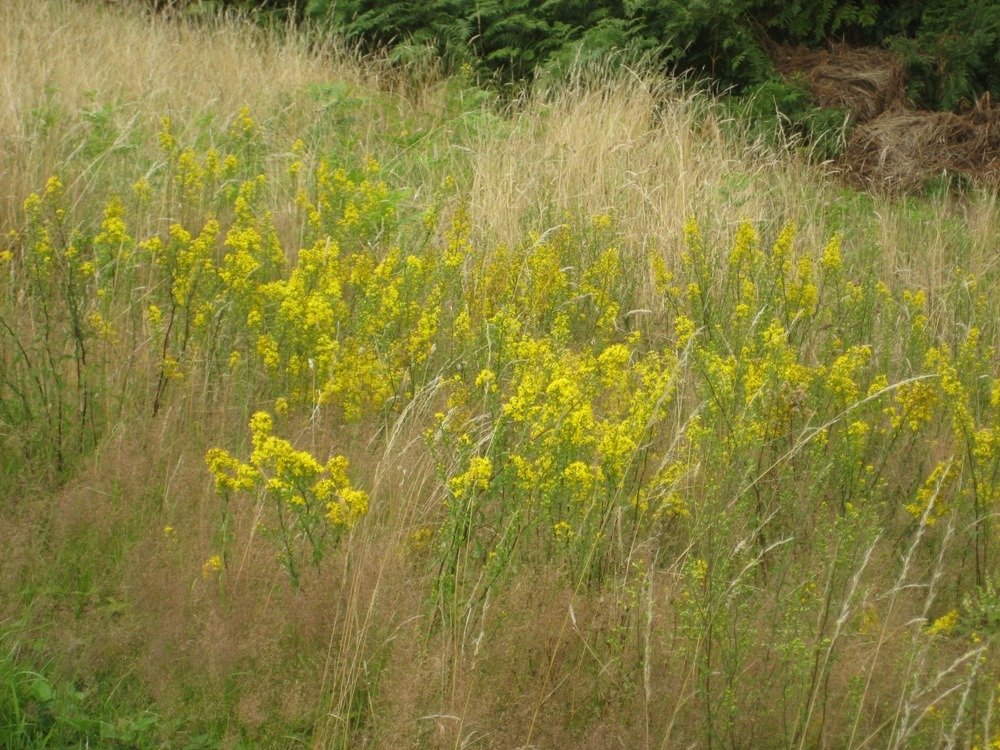
Management Plans are vital for Nature Reserves, or areas of larger sites set aside as wildlife habitats. Troopers Hill itself has a mix of habitats and it needs to be clear what we are aiming for in each area of the site. Our plan has been signed by a senior manager in the Parks Service, so our volunteers know that the Council are committed to doing their share of the work and protecting the site in the long-term.
Some aspects of nature conservation can also be controversial – we need to to cut down new saplings to maintain the open grassland and heathland that is home to a great range of invertebrates (including 83 different species of bees). Having the Management Plan makes it easier to explain what we are doing and the research and specialist knowledge that has gone in to producing it, including various wildlife surveys, helps demonstrate that the group and the Council are acting in the best interests of the site overall and not just acting on the whim of a small group.”
Start small and you can improve over time
The Management Plan drawn up for Troopers Hill is comprehensive and detailed but Rob believes “for most sites it does not need to be as elaborate as ours. A simple plan or aerial view of the site with areas marked (such as for nature conservation) and possible future projects or ideas shown (perhaps new paths or play areas) might be all that is needed (this is what we did first).”
The thought process is just as important as the final document
“The process of thinking about what you want for the site can in itself be helpful. Later, if more detail is needed, or for example the site is being considered for a Green Flag Award, then a more detailed plan can be written.”
Having a plan can prevent mix-ups
“An example of where a simple plan would have been helpful, instead of just being in our heads was when the Council’s tree officer suggested some tree planting on Troopers Hill Field (adjacent to the Nature Reserve) in 2010. We did not have a Management Plan for the Field but one of our aims, for what at times can be a very muddy field, was to install surfaced paths all round. We had discussed this with Council Officers but it wasn’t written down anywhere. The proposed line of trees were along the line of our proposed path. An email exchange soon came to an agreement that the trees could be moved clear of the proposed path, but a simple management plan might have avoided this issue.
Having a plan with an agreed list of desirable future improvements also puts groups in a good position if funding becomes available at short notice (as often seems to be the case). If the plan has been agreed, and if it has been subject to a degree of consultation, then it can provide evidence to support an application. The group can also start to work on applying for a grant in the knowledge that the Council has already agreed in principle to whatever is proposed.”
Be realistic with timings
“The Management Plan for Troopers Hill has been developed over many years. Two versions were created before Friends of Troopers Hill was even started (in 1992 & 1999). Our first involvement was to produce a ‘Schedule of Works’ in 2004 and one of these tasks was only completed in 2020!
By the end of 2004 we had developed the ‘Schedule of Works’ into a Management Plan and a more comprehensive plan was then written by the Council in 2007 when the site was entered for a Green Flag award, with a lot of input from us. This plan was revised in 2012. We then commissioned a new version with grant funding that was signed off in January 2020. A local ecologist, Rupert Higgins has been involved in all the above versions of the plan, which has given a good level of continuity in terms of the wildlife aspects. Details of all the iterations of the plan and the work carried out are on our website.”
Working together is key to success
“We have tried to involve the users of the Hill at all stages. As mentioned above, having continuity in being able to get the advice of the same ecologist throughout has helped. Both the Council and ourselves have also commissioned several wildlife surveys that fed into the plan. The latest version was funded through a National Lottery Heritage Fund grant.”
“The latest plan was 45% Friends / 45% paid ecologist / 10% Council – but it was based on previous versions. The Green Flag plan in 2007 was probably 50% Council / 50% Friends. The 2004 plan was 70% Friends / 30% Council.”
A few final nuggets of advice from Rob ….
1) Make a start, even if the Council say they haven’t got any resources and don’t want to commit themselves – print an aerial view from Google, sit round a table as a group and mark it up with post-it notes. Think about what you want – and what you don’t want. At this first stage don’t think about money, what is your vision for the site?
2) Talk to all the users of the site, test your ideas at community events or via social media if you can. Get your local Councillors on board. Are there local students who might be willing to get involved as part of a project? It could mean you can access their IT expertise & resources to produce plans etc.
3) Don’t be discouraged if the Council aren’t initially supportive and remember that things will take a lot longer than you ever imagine.
For further information on Management Plans read our “How To” guide here!
We would like to extend our heartfelt thanks to Rob and all at Friends of Troopers Hill, Bristol for helping write this Case Study.
Friends of Troopers Hill Website
Friends of Troopers Hill Twitter
Friends of Troopers Hill Facebook

